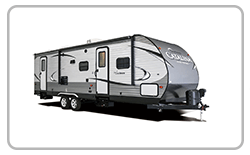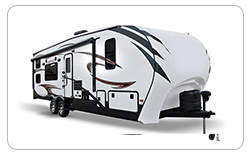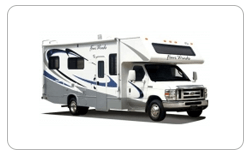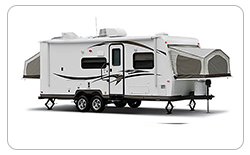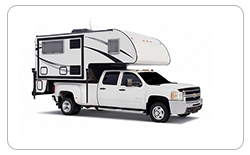5 Great Tips On How To Prevent Motorhome Transmission Problems
Prevent Motorhome Transmission Problems While on the highway
The following RV Transmission tips are merely suggestions, we suggest to bring your RV to a Colorado RV Dealer for a checkup prior to trips.
- Don’t Run with Full Tanks - If at all possible, employ water/sewer tanks before travel. One gallon water weighs in at 8.35 pounds. A typical freshwater tank of 75 gallons boosts the travel load by 626 pounds. When the freshwater, grey water and holding tanks are full, the RV could be stressed by 1,500 pounds or even more.
- Travel When Temps are Cheapest - Travel early each morning or during the night whenever you can
- Choose Alternate Routes - Severe uphill grades may cause a transmission to operate hot. Include warm, outside temps and getting too hot may become a genuine problem rapidly. Instead of tax a transmission and take a risk of failure, consider less mountainous routes.
- Check Transmission Fluid Level and Color Frequently - Low transmission fluid levels may suggest a leak. Furthermore, fluid color is definitely an early indicator of the problem.
- Stop, or otherwise, when the Transmission is Hot - Having a temperature gauge identifying when the transmission is precariously hot, is simple. With no gauge, smell might be the very first clue of potential issues. But, simply tugging aside from the road could be problematic. Turning from the engine also stops the advantageous air flow over the transmission cooler. Discuss proper actions using the RV manufacturer's technical experts.





